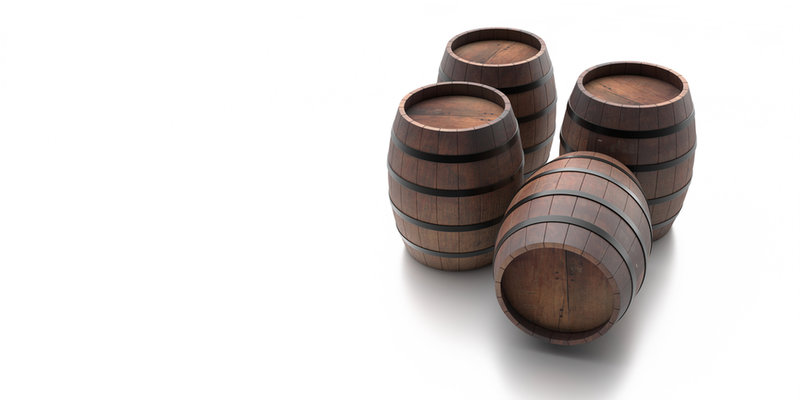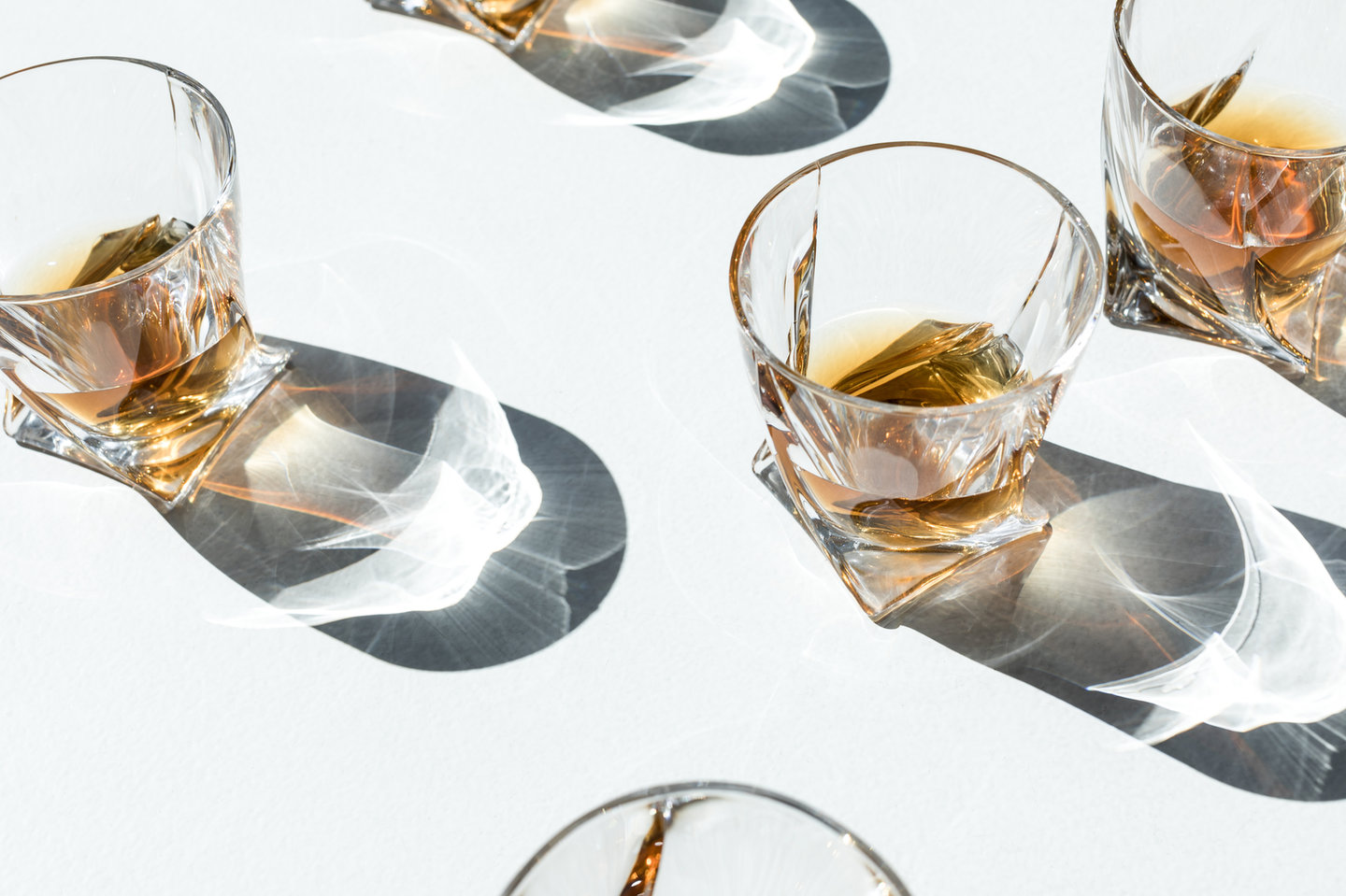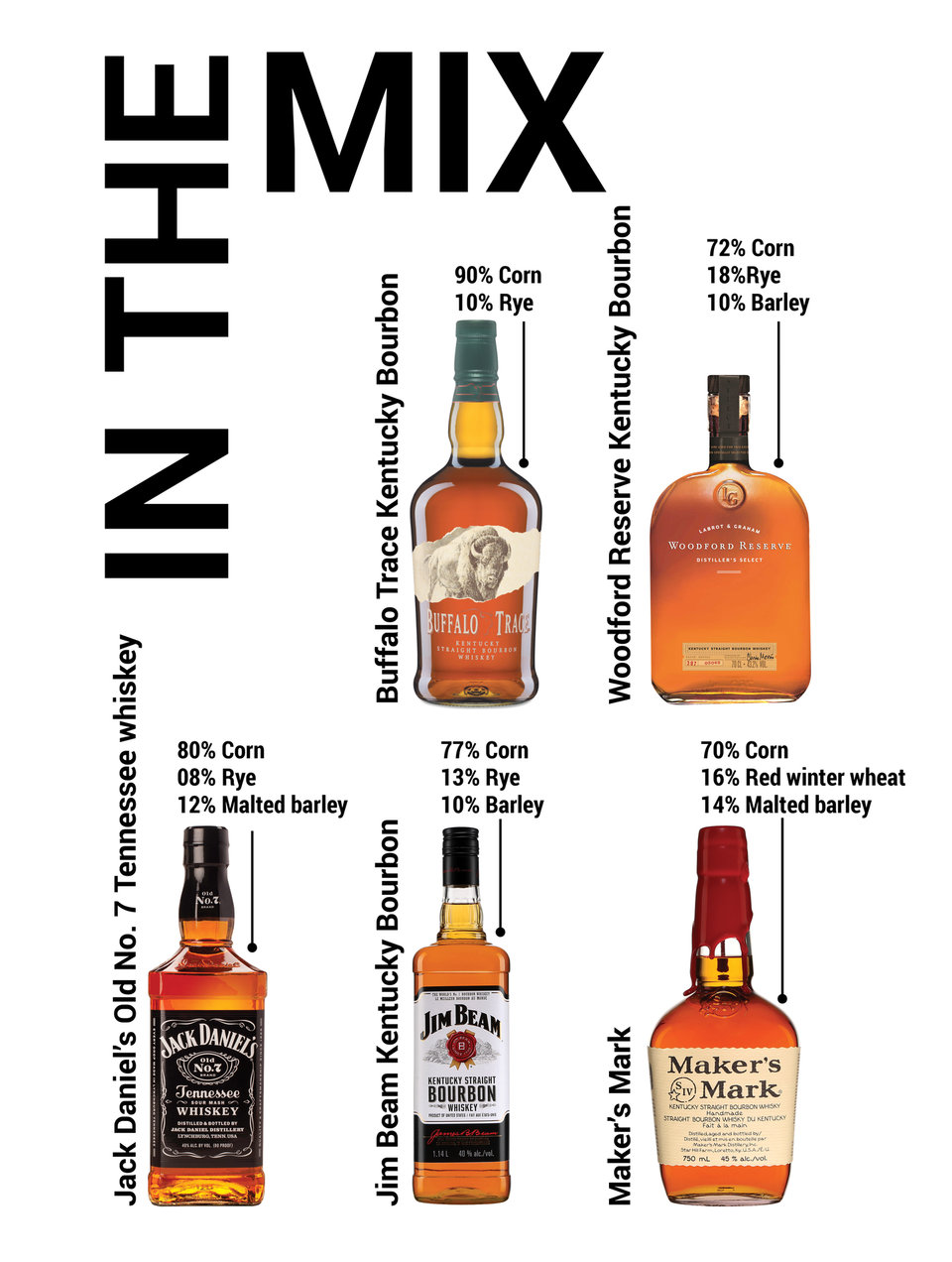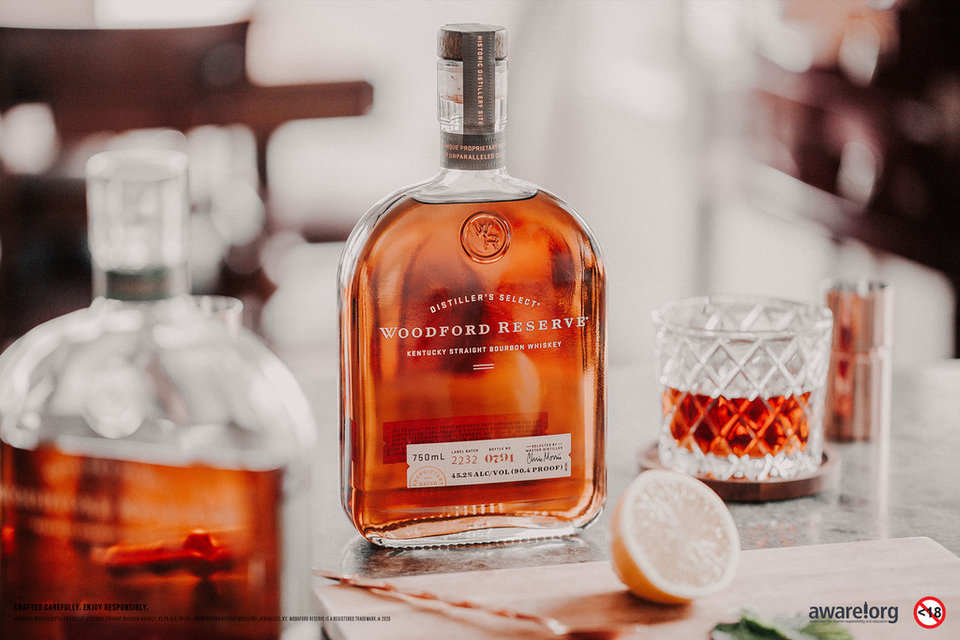
AMERICAN WHISKEY
Whiskey
101
A common mistake is to assume that bourbon and American whiskey are one and the same. As Fiona McDonald writes, this is not the case.

It would be correct to say that Champagne is wine – but wrong to assume that the opposite is also correct, that all wine is Champagne! So it is with bourbon: all bourbon is whiskey – but not all whiskey is bourbon ... If that sounds a bit screwy, take a look on the retail shelves when next you visit TOPS at SPAR. Spot the differentiation between bourbon, Tennessee whiskey and rye whiskey, for example.
So all American whiskey is the spirit distilled from fermented grain mash. So far, so good – it’s exactly the same for Scottish and Irish. The distinction occurs in the type of grain used – wheat, barley (such as in Scotland), rye and corn, the latter being what South Africans would call maize or mealies. This distilled spirit is then aged and matured in wooden barrels – again, standard practice elsewhere in the world, except the canny Scots use old American barrels for maturation and even old sherry or Port barrels for finishing. (Americans, of course, like things shiny and new – hence selling off oak casks to the Scots.)
There are a few factors separating bourbon and American whiskey. Firstly, bourbon is required by law to be 51% corn or maize while whiskey doesn’t have that restriction and secondly, while both are aged in wooden barrels, bourbon MUST be stored in brand new charred oak barrels. It’s the law ...
One further requirement for bourbon is that it is distilled to no more than 160 proof – or 80% alcohol by volume (ABV), and put into barrel at 125 proof (62.5%). Other whiskeys have an upper limit of 190 proof (95% ABV). Bourbon may also not be bottled at less than 40% ABV.
Tennessee whiskey, like bourbon, must be made from at least 51% corn/maize and also be made in the state of Tennessee. For a spirit to be called a rye whiskey, it has to comprise at least 51% rye in the mash.

"Each batch of freshly distilled bourbon has to go into a brand new barrel."
At Whisky Live in Johannesburg some years ago, global whisky expert Dave Broom sketched a bit of American whiskey history to provide context to the category. Early settlers to the new colony in the 1700s were of German and Dutch extraction – and the grain they knew historically and culturally was rye. Broom said it didn’t take the farmers long to realise the economic benefits of processing corn and rye into distilled spirit rather than being satisfied with the few cents they’d be paid for a bushel of the raw grain.
Kentucky and Tennessee remain the heartland of American whiskey distillation, something that occurred because settlers moved to the area in the late 1700s to get out of paying taxes on their spirits.
But back to not all American whiskeys being bourbon ... Jack Daniel’s, for example, is a Tennessee whiskey. The distillery in Lynchburg, Tennessee, sprawls over 1800 acres and has nine production areas. It’s also around 80% corn/maize with the rest of the spirit distilled from rye and malted barley. Some interesting facts: 500 tons of yellow corn/maize is used daily while 2 000 barrels are filled with spirit every day! But what makes this particular whiskey so special is the Lincoln County Process: a filtration of the spirit through sugar maple charcoal before the spirit goes to barrel for maturation. The brand new casks are what impart both the colour and between 40 to 50% of the flavour to the final bottled product.

"American whiskey was one of the fastest growing – and most exciting – segments of the international whisky market"
Some of the world’s whisky experts – like Dave Broom – are in agreement that American whiskey is the most exciting in their world. And the prime reason for this is because of the diversity in grains used, as well as the unique strains of yeast used in the fermentations of the grain prior to distillation.
At the Whisky Live lecture in Johannesburg Broom said American whiskey was one of the fastest growing – and most exciting – segments of the international whisky market.
“Rye gives power, corn the roundness and wheat the delicacy and lightness,” he said before going on to praise the variation in American whiskey. Each distillery not only has its own formula for rye, corn and barley but the yeasts they use are frequently unique to that distillery – with some like Jack Daniel’s carefully cultivated and checked with each batch of distillation.
These yeast strains are where much of the complexity in modern American whiskey lies. Broom recounted that one whiskey, Four Roses, has five different strains of yeast. Established in 1888, Four Roses used to be owned by Seagrams – which also owned four other distilleries. Those four eventually shut their doors but Seagrams retained the yeast strains. (Seagrams sold it off to Diageo and Pernod Ricard but it was then acquired by the Japanese brewing giant, the Kirin Brewery company.)
Broom said strain K provided spice while O offered bold fruits, Q was fairly floral, F was more herbal and the V strain he found lightly fruity. The contrast with Scotland is marked because most distilleries use one single strain of commercially available yeast. Playing around with yeast, different combinations of corn, rye, barley and wheat can provide a near infinite number of permutations. “If you try and wrap your head around the intricacies of all you’re bound to end up with a headache,” Broom said. “But what a nice headache! It’s that sort of complexity that makes American whiskey so exciting.”
There’s a world of complex and innovative American whiskeys out there that you may not be aware of. – Dave Broom
“You’ve got to remember that you can’t rush whisky. For those of us who drink and write that’s an immensely frustrating thing because we want the new stuff to see what’s happening. But whisky takes 10 or 20 years to be ready – and when it’s experimental, it might work out ... and it might not! So what we’re seeing now is the result of experiments conducted a decade or two ago.”
In Broom’s words: “there’s a world of complex and innovative American whiskeys out there that you may not be aware of.”
Ever wondered how bourbon got its name?
During the American War of Independence in 1785, the French supported some of the settlers fighting the English forces occupying the country. A large county in Kentucky was given the name of the French royal family – Bourbon. Whiskey made in that county was transported in barrels with the area of origin written on it – and that’s how it was then referred to.


Try this at home
Woodford Reserve’s assistant Master Distiller Elizabeth McCall recently shared her tips on a fun way to train the palate to the flavours in bourbon.
“There are many ways to taste bourbon, but Woodford Reserve has developed an interactive and sensory approach to tasting the spirit with food pairings using the flavour wheel as a guide.”
The flavour wheel comprises five sections – grain, sweet aromatics, spice, fruit and floral, and wood – with some sub-categories. The idea is to taste various foods that open the senses beyond just the flavour of bourbon. All have individual flavours that excite the palate and bring out the subtleties of Woodford Reserve. Some are used to contrast, other to complement the existing Woodford Reserve flavours.

What you’ll need: Woodford Reserve Bourbon, a few pieces of Parmesan cheese, a few toasted hazelnuts/cashew or pecan nuts, dried cranberry or dried cherries, slice of fresh orange, some 70% dark chocolate and finally, maple syrup.
The four steps:
Step 1: Chew the food sample and breathe through your nose to take in the full breath of the flavours.
Step 2: Take a sip of the Woodford Reserve Bourbon.
Step 3: Cleanse your palate with a sip of cool or room temperature water.
Step 4: Observe a conversational pause before moving on to the next sample.